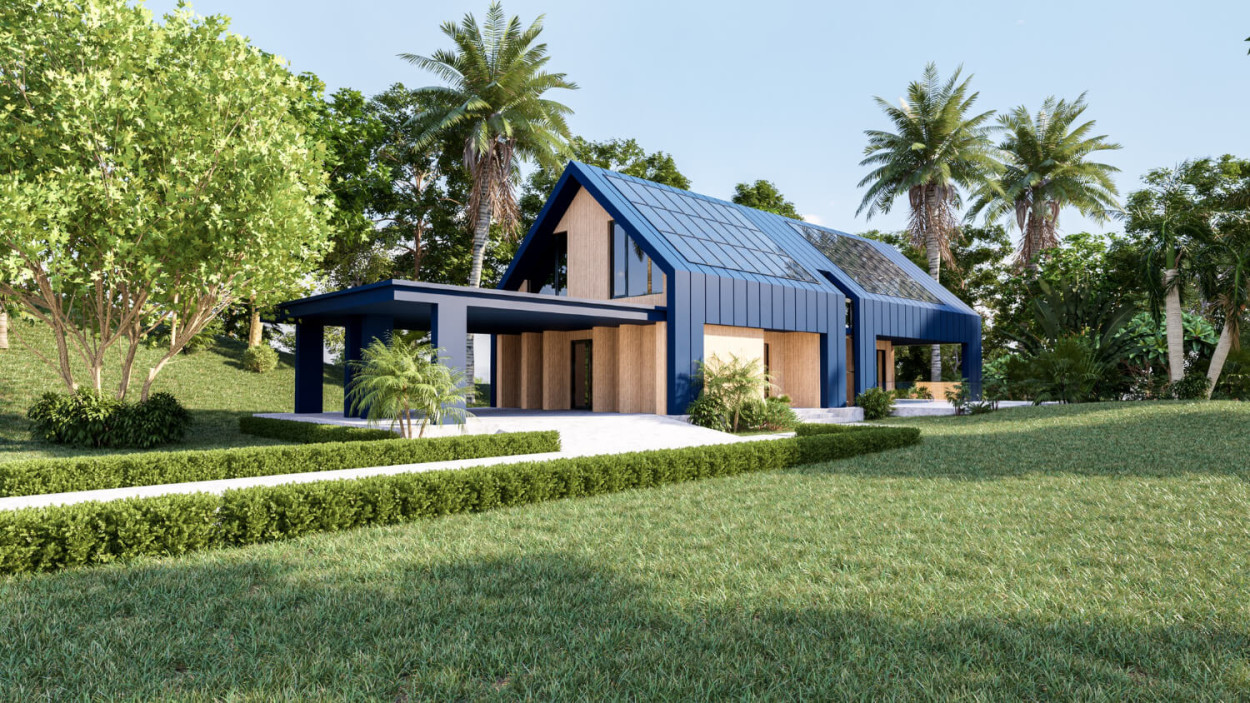0203 193 8888
0203 193 8888

Solar-powered energy has gained significant popularity as a clean and sustainable power source for residential properties. Solar panels offer an array of benefits, including reduced carbon footprint, protection from escalating energy bills and cost savings. If you're considering solar panels for your home, you may wonder how many are required to meet your energy needs. The answer depends on several factors, including your electricity consumption, location, panel efficiency, and available roof space. In this guide, we will explore the considerations involved in determining the number of solar panels needed to power a typical house, helping you make an informed decision on your solar journey. We do recommend seeking additional expert advice to ensure accuracy.
To estimate the number of solar panels required, it's crucial to evaluate your household's electricity consumption. Review your utility bills over a year and identify your average monthly kilowatt-hour (kWh) usage. This information can be used as a baseline to calculate your solar panel needs. For some context, a typical three-bedroom house uses around 2,900 kWh/ year (Ofgem).
Solar panels are rated by their capacity to generate electricity, measured in watts (W) or kilowatts (kW). The capacity of a single solar panel typically ranges from 250W to 400W, with higher-capacity panels being more efficient. A typical solar panel is usually rated at 350 W. Keep this in mind when determining the number of panels you need.
Solar panel efficiency refers to the percentage of sunlight that a panel can convert into usable electricity. Higher-efficiency panels can generate more electricity using the same amount of sunlight. Ensure the number of solar panels you install aligns with the efficiency of the chosen panels to optimise your system's performance.
The amount of sunlight your location receives affects the energy production of your solar panels. Regions with more sunlight generate more electricity. Consider your location's average daily sunlight hours and take into account any shading or obstructions that could reduce panel performance.
The available roof space and its orientation play a significant role in determining the number of solar panels. Panels are usually installed in an array, and an optimal orientation (such as facing south in the Northern Hemisphere) to maximise sunlight absorption. Assess and measure your roof area and ensure it can accommodate your desired number of panels. Most residential solar panels are rectangular (2m x 1m) and 3-5 cm thick. However, some manufacturers have designed compact panels for small roofs, but these are more expensive.
Residential solar panels generally have a weight range of 18 kg to 20kg. As a result, a typical 10-panel solar array can weigh more than the combined weight of two fully grown men, on average. This significant weight highlights the importance of engaging a professional installer to ensure proper installation and setup of your solar power system.
Professional installers possess the expertise and knowledge to securely mount the panels, ensuring their stability and longevity. With their assistance, you can have peace of mind knowing that your solar panels are installed correctly and efficiently.
To estimate the number of solar panels needed, use the following equation:
Number of panels =
(Avg. monthly kWh usage ÷ Panel capacity) ÷ (Sunlight hrs/day × Panel efficiency)
We always advise you to consult with solar professionals or installers who can conduct an on-site assessment and provide accurate recommendations based on your specific circumstances. They can account for factors such as shading, panel efficiency, and energy goals to determine the optimal number of panels.
You now have a vast amount of information and advice to work out roughly the amount of solar panels needed for your home. By carefully considering these factors and seeking expert advice you can have an informed conversation about panels and their costs. Solar power offers a cost-effective and sustainable solution to reduce your reliance on traditional energy sources for your home.
Back to Blog